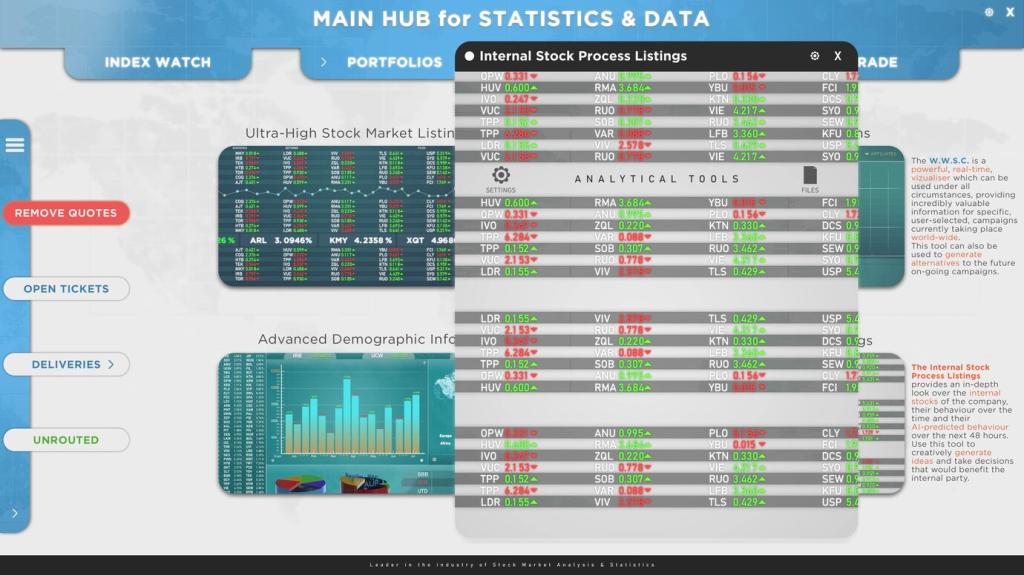Assemble Your Team: Attorney, Financial Pro, and Fiduciaries
Seek someone who listens, explains tradeoffs plainly, and tailors documents to your state laws and family realities. Ask about similar cases, maintenance policies, and typical timelines. If you’ve worked with a great attorney, share what made them a fit so others can learn.
Assemble Your Team: Attorney, Financial Pro, and Fiduciaries
Executors and trustees should be organized, trustworthy, and communicative. Consider co-fiduciaries to balance skills, and always confirm willingness. Revisit choices after life events so responsibilities do not fall to someone overwhelmed. Invite siblings into the discussion to reduce surprises and future friction.



